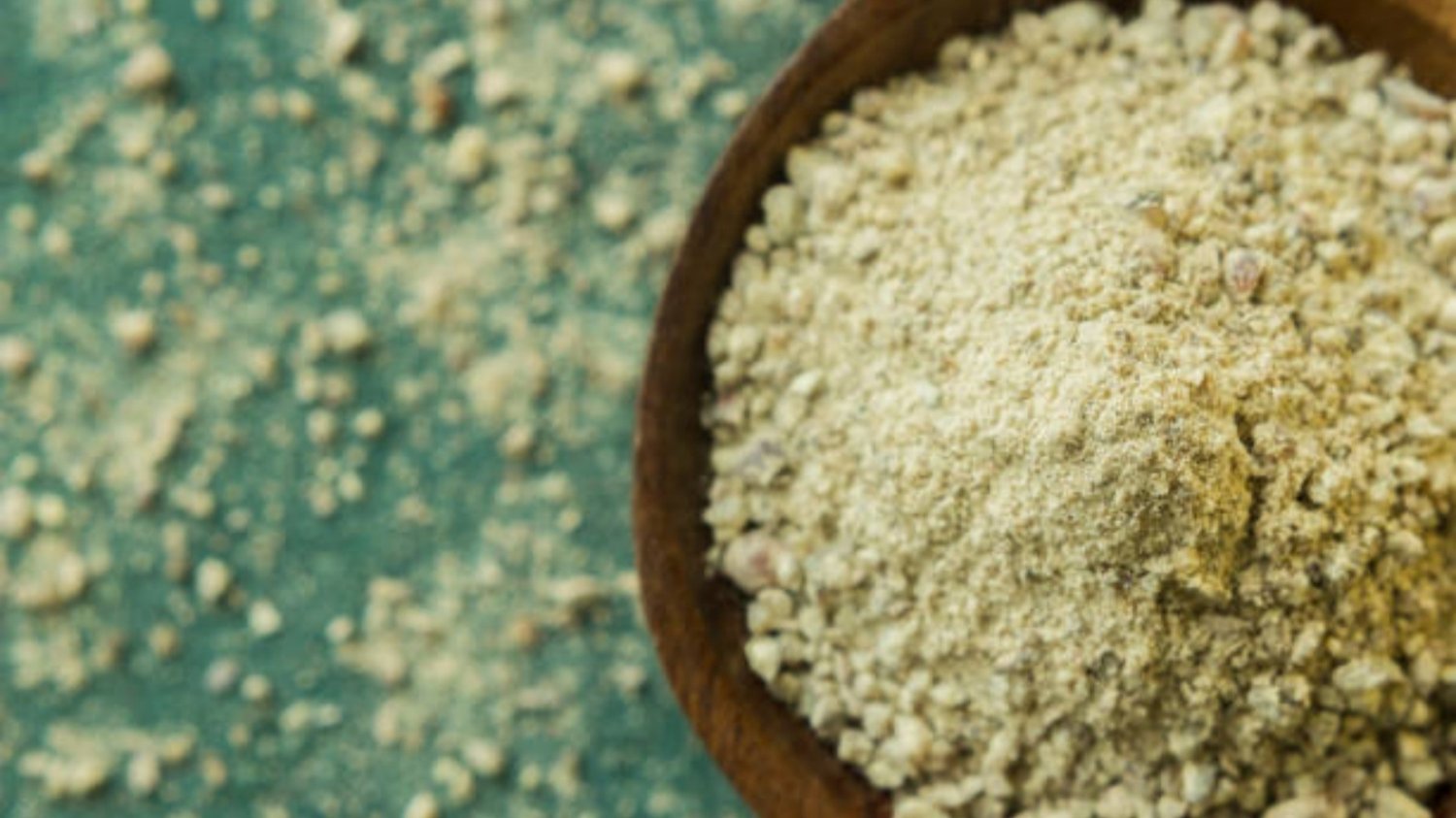The Power of Spinosad in Pest Control
When it comes to effective pest control, one compound stands out among the rest - spinosad. With its impressive efficacy and minimal impact on non-target organisms, spinosad has become a go-to solution for homeowners, farmers, and pest control professionals alike. In this article, we will dive deep into the world of spinosad and explore its effectiveness in combating pests across various settings.
1. Introduction to Spinosad
Spinosad is a naturally derived insecticide that was first discovered in the 1980s from the fermentation of a soil-dwelling bacterium called Saccharopolyspora spinosa. It belongs to the class of compounds known as spinosyns and has gained popularity due to its unique mode of action, which targets the nervous system of insects. This makes it an effective tool against a wide range of pests, including but not limited to thrips, caterpillars, fruit flies, and mosquitoes.
2. How Spinosad Works
Understanding the mechanism of action of spinosad is crucial to grasp its efficacy in pest control. Once ingested by the target pest, spinosad affects the nicotinic acetylcholine receptors, leading to continuous stimulation and subsequent paralysis. This ultimately results in the death of the insect. Unlike many other chemical insecticides, spinosad acts primarily on the insect's nervous system, making it highly effective while minimizing the risk to non-target organisms.
3. Spinosad in Organic Pest Control
One of the key advantages of spinosad is its compatibility with organic farming and gardening practices. Approved for use in organic agriculture by various certification bodies, spinosad offers an effective alternative to synthetic chemical pesticides. Its low persistence in the environment and negligible toxicity to mammals further contribute to its appeal in organic pest control.
4. Spinosad's Selectivity and Low Toxicity
Spinosad's selectivity is a remarkable feature that sets it apart from many conventional insecticides. While it exhibits excellent efficacy against target pests, it has minimal impact on beneficial insects such as bees, ladybugs, and predatory mites. This selectivity is attributed to the differences in the nervous systems of target pests and non-target organisms, making spinosad a preferred choice for integrated pest management strategies.
5. Spinosad's Residual Activity
One of the factors contributing to spinosad's efficacy is its residual activity. After application, spinosad residues remain on treated surfaces for an extended period, providing long-lasting pest control. This is particularly beneficial in situations where continuous protection against pests is required, such as in agricultural settings or for extended periods of pest pressure.
6. Spinosad and Resistance Management
As with any pest control method, the development of resistance is a concern. However, spinosad has shown a relatively low risk of resistance development compared to other insecticides. Its unique mode of action and multiple target sites within the insect's nervous system make it challenging for pests to develop resistance. Nevertheless, it is still recommended to rotate spinosad with other effective pest control methods to further reduce the risk.
7. Application Methods for Spinosad
Spinosad is available in various formulations suitable for different application methods. It can be found as a liquid concentrate for spraying, granules for soil incorporation, and even as ready-to-use bait stations for specific pest control needs. The versatility of spinosad formulations allows for efficient and targeted application, ensuring maximum efficacy against pests while minimizing environmental impact.
8. Safety Considerations with Spinosad
While spinosad is generally considered safe for use, it is important to follow proper safety guidelines during application. It is advisable to wear protective clothing, gloves, and a mask when handling spinosad products to avoid any potential skin or respiratory irritation. Additionally, it is crucial to store spinosad securely, out of reach of children and pets, to prevent accidental ingestion.
9. Spinosad's Effectiveness in Different Environments
Spinosad's efficacy is not limited to a specific setting. Whether you are dealing with pests in your home garden, a commercial farm, or a public park, spinosad can provide effective control. Its versatility and wide range of target pests make it a valuable tool for pest management professionals and individuals alike.
10. Conclusion: Harnessing Spinosad for Effective Pest Control
In conclusion, spinosad has emerged as a highly effective and eco-friendly solution for pest control. Its unique mode of action, selectivity, and residual activity make it a valuable tool in integrated pest management strategies. Whether you are an organic farmer, a gardener, or a homeowner, spinosad can help you achieve effective pest control while minimizing harm to non-target organisms.

